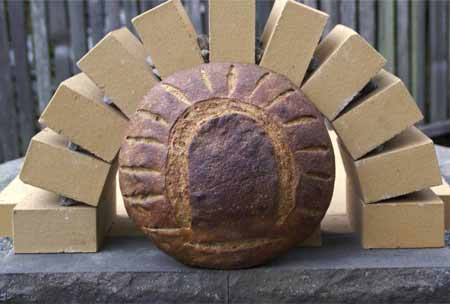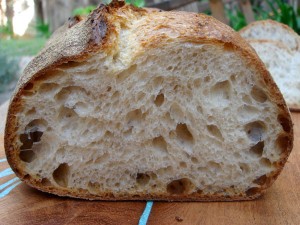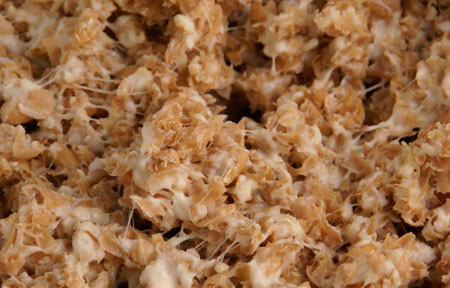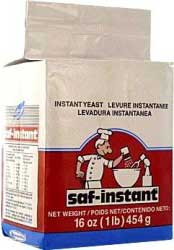
After way too much fretting that the corners of the firebricks for my oven hearth aren’t perfectly square (and how many things in life are perfectly square?), there was only one thing to do: get over it and get on with it. So task number one yesterday was to lay the hearth no matter what. It’s a little gappy at those pesky corners, but it will do.




 Sourdough Story #1: San Francisco sourdough bread can only be made in San Francisco. OK, I suppose you could say this one is actually true by definition. But the lactic-acid-producing bacterium (Lactobacillus sanfranciscensis) that supposedly makes SF sourdough unique is found in sourdough starters all over the world, and is in fact the predominant bacterial species in many of those starters. So if you’re not lucky enough to live in San Francisco, or to have a “geniune” SF sourdough starter, don’t despair; a fine sourdough is still attainable. Conversely, some sourdough breads made in SF are positively mediocre. A good sourdough bread has as much, if not more, to do with the skill of the baker than with the specific organism species in the starter. Read
Sourdough Story #1: San Francisco sourdough bread can only be made in San Francisco. OK, I suppose you could say this one is actually true by definition. But the lactic-acid-producing bacterium (Lactobacillus sanfranciscensis) that supposedly makes SF sourdough unique is found in sourdough starters all over the world, and is in fact the predominant bacterial species in many of those starters. So if you’re not lucky enough to live in San Francisco, or to have a “geniune” SF sourdough starter, don’t despair; a fine sourdough is still attainable. Conversely, some sourdough breads made in SF are positively mediocre. A good sourdough bread has as much, if not more, to do with the skill of the baker than with the specific organism species in the starter. Read 